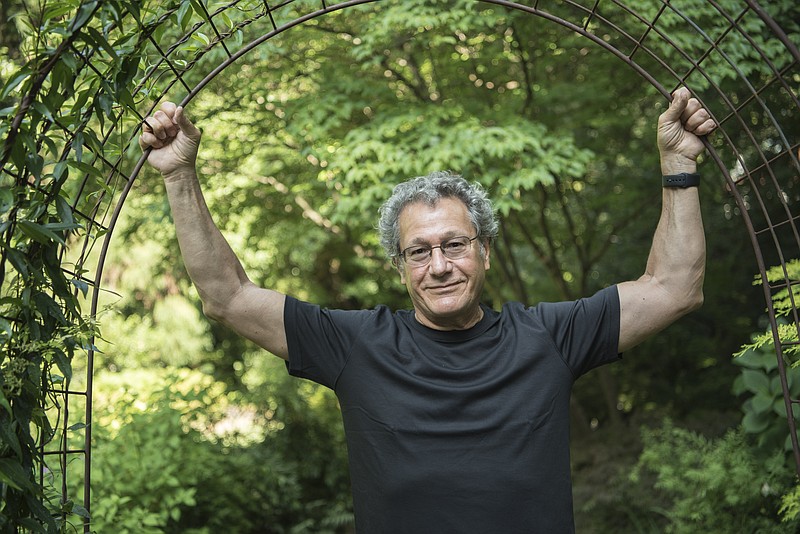IOWA CITY, Iowa (AP) - Government statistics released this week claiming that 77 minors in the U.S. were killed by unintentional gun discharges last year significantly understate the scope of an enduring public health problem.
A review of shootings nationwide by The Associated Press and USA TODAY Network found that at least 141 deaths of minors were attributed to unintentional or accidental shootings in 2015 - 83 percent higher than what the Centers for Disease Control reported.
Advocates for stricter laws and new technology meant to keep guns away from children argue that many of the deaths are preventable, and the undercount is significant because it can skew the public policy debate. Lobbyists for the firearms industry, including the National Rifle Association, cite the CDC statistics to argue that such deaths are so rare that voluntary education - not additional laws or regulations - are needed.
CDC officials have acknowledged that their statistics are low because they rely on how coroners classify the fatalities on death certificates. Some coroners rule deaths in which one child unintentionally shoots another as a homicide - rather than an accidental discharge - because they fit the definition of being killed by another. They also can classify them as undetermined if the intent is unclear - for example, if it's not certain whether a minor committed suicide or accidentally shot himself.
AP and USA TODAY Network counted fatal shootings that were declared accidental or unintentional by investigating agencies. The media organizations' review did not include deaths where guns were fired on purpose, such as cases of stray bullets or celebratory gunfire.
The undercount for 2015 is in line with, but more significant than, the one observed for 2014, when the CDC missed one-third of the 113 deaths documented by the media outlets.
The CDC data, released Thursday, does track a trend identified in the media organizations' review in which deaths of all minors are most common among 3-year-olds, who typically pick up unsecured, loaded guns in their homes and fire back at themselves. The data also shows another spike in deaths among 15- to 17-year-olds, who are more likely to be shot by another teen playing with a gun.
Mark Rosenberg, former director of the CDC's National Center for Injury Prevention and Control, said he believes the nation could eliminate all unintentional gun deaths involving children. He said "it's crazy" the government isn't doing more research into how to prevent them, in part because of a 1996 law that declared the CDC cannot use research funding to advocate or promote gun control.
"I think people 30 years from now are going to look back at this time and say, 'My God, how did we, as parents, as a nation, tolerate these deaths? These shooting deaths where a toddler kills a sibling or where a child is gunned down by a gun that they found in their home - how did we ever put up with that?'" Rosenberg said. "We use the word 'accident' and lull ourselves into this deadly complacency that says, 'This is just the cost of having firearms in our country'. It's not."
Rosenberg said accurate data is needed to persuade lawmakers and firearm owners to make changes, for instance to adopt smart gun technology that would only allow the owner to fire the weapon.
The NRA said Friday that its Eddie Eagle gun safety program, which tells students not to pick up any guns they see, has helped reduce the number of unintentional shootings in the last two decades but that more can be done.
"The NRA believes firearms education, safety, and training is the key to preventing accidental shootings," spokeswoman Catherine Mortensen said.
Cecily Wallman-Stokes, senior research manager for Everytown for Gun Safety, an advocacy group founded by Michael Bloomberg, said the problem of inadequate data about gun violence goes far beyond unintentional shootings. For example, she said the government can't say how many people are injured by guns or how many women are shot to death by their dating partners.
"Timely, reliable data have led to lifesaving advances in other public health issues like traffic safety, tobacco use, and lead exposure," she said. "Gun violence deserves the same."
